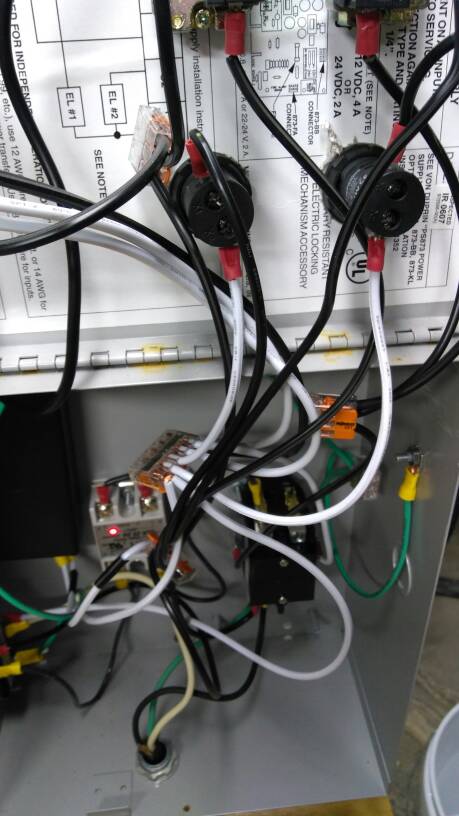BeardedBrews
Well-Known Member
Quick regarding the typical paired connector terminal blocks.
Is it generally required that each block house only one branch (L1, L2, G, N), or is it reasonable to use half of the block for one branch and half for the other?
Similarly, is it considered acceptable to double spade (or ring) connectors on a single screw?
Is it generally required that each block house only one branch (L1, L2, G, N), or is it reasonable to use half of the block for one branch and half for the other?
Similarly, is it considered acceptable to double spade (or ring) connectors on a single screw?
Last edited by a moderator:























![Craft A Brew - Safale S-04 Dry Yeast - Fermentis - English Ale Dry Yeast - For English and American Ales and Hard Apple Ciders - Ingredients for Home Brewing - Beer Making Supplies - [1 Pack]](https://m.media-amazon.com/images/I/41fVGNh6JfL._SL500_.jpg)








































